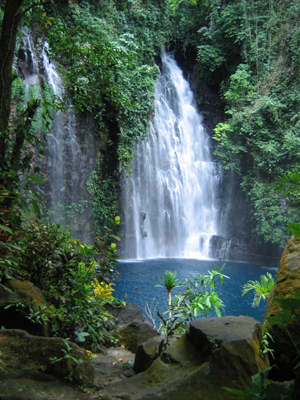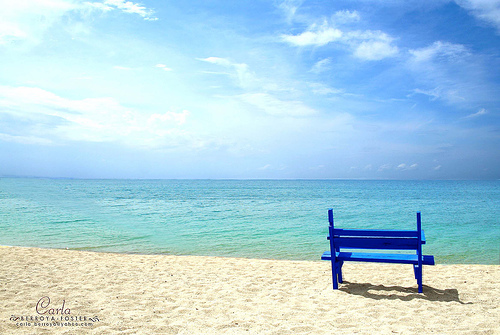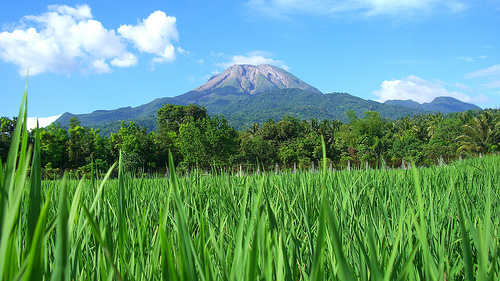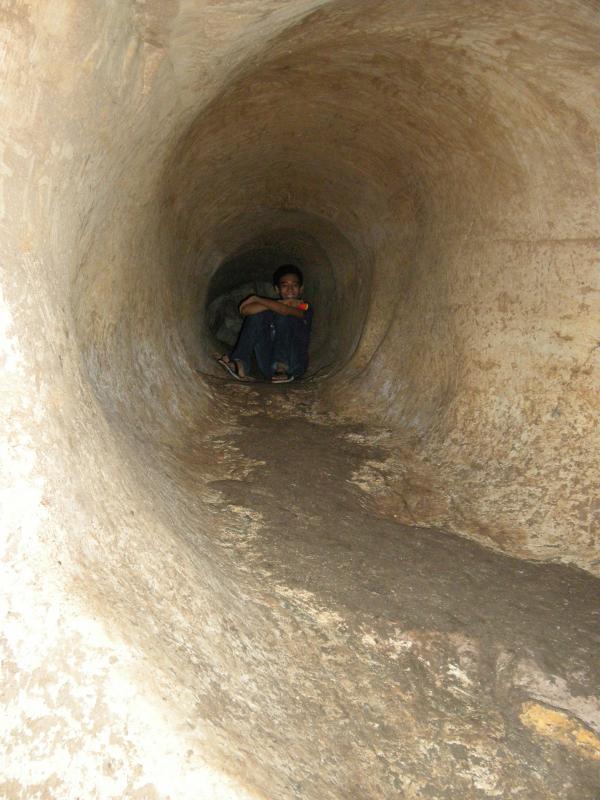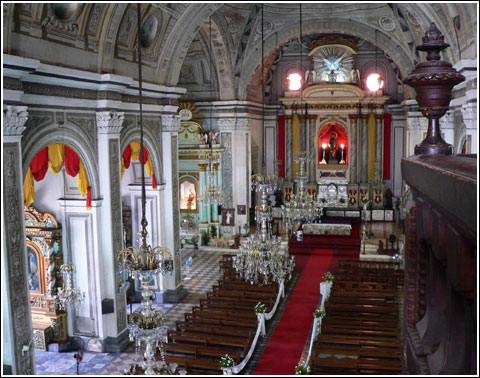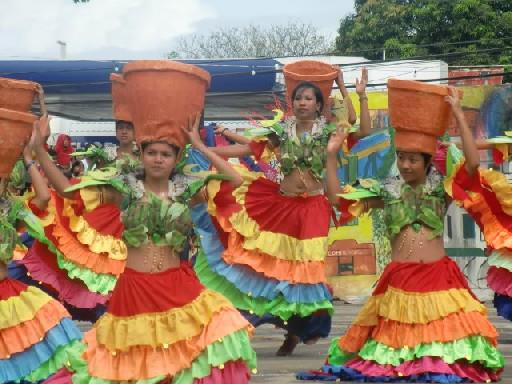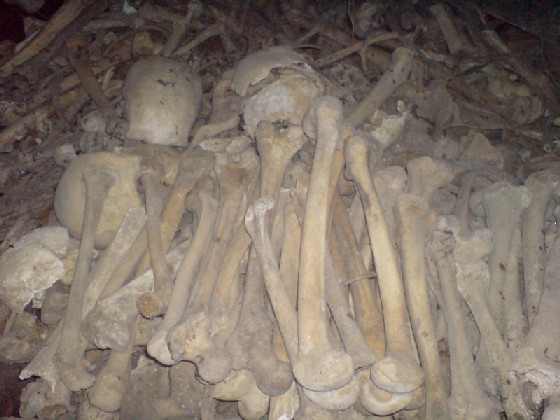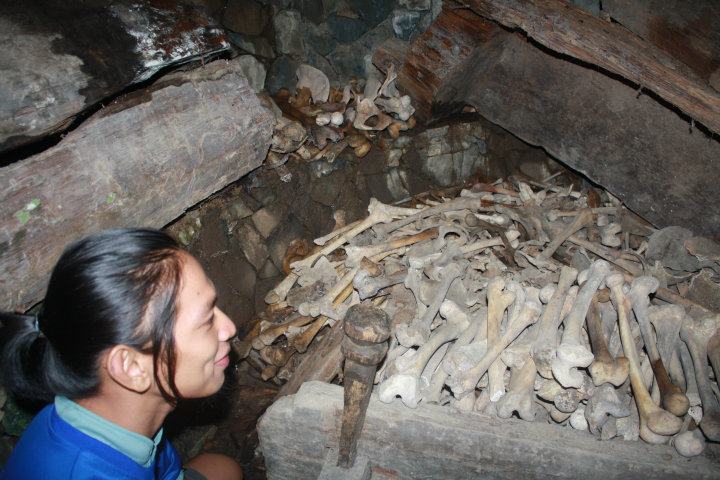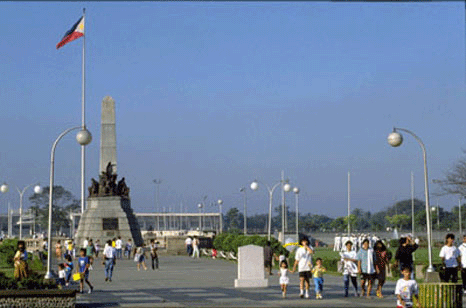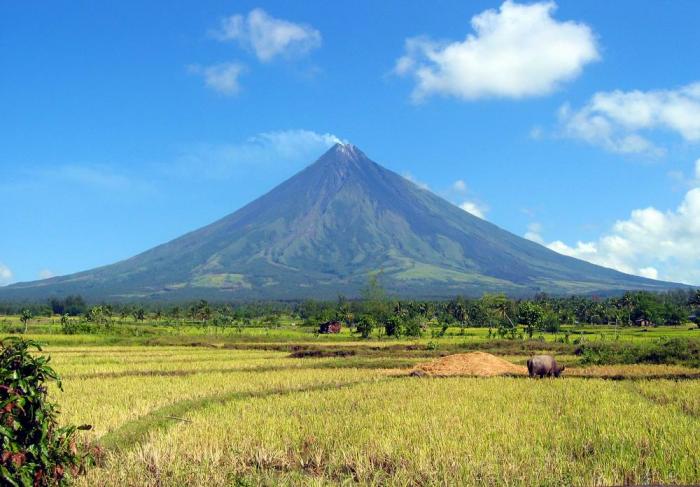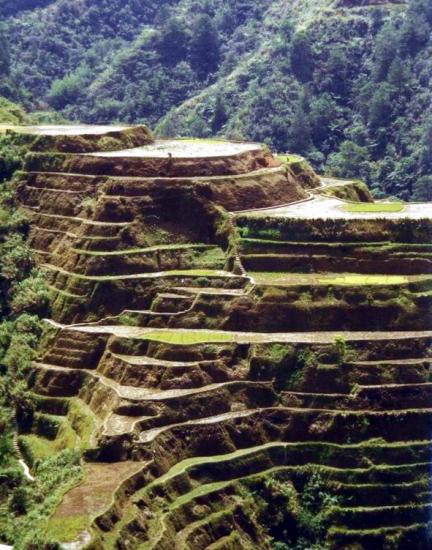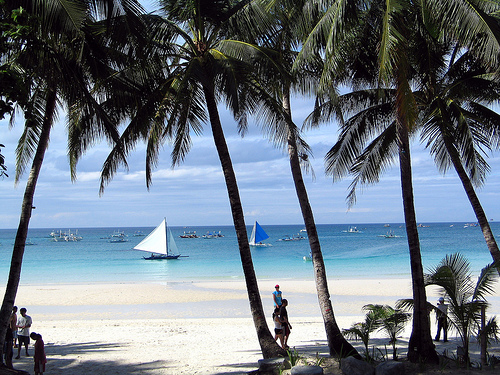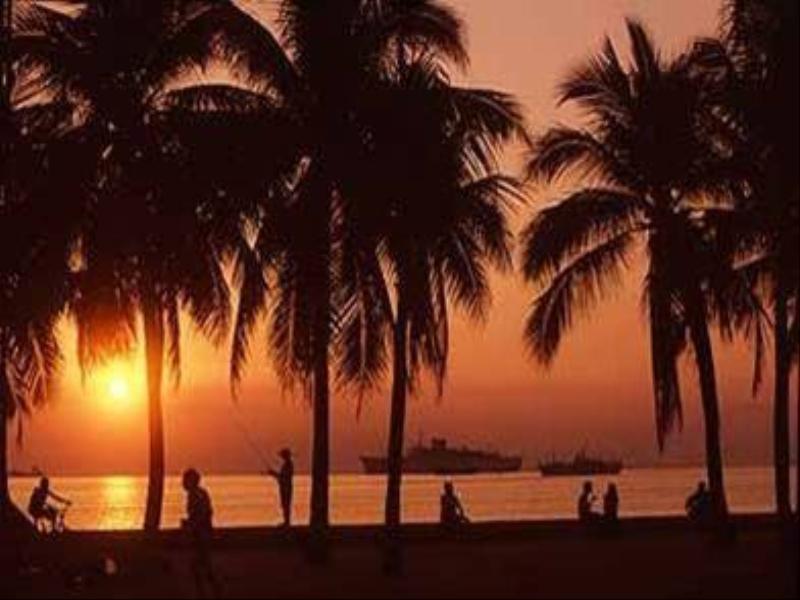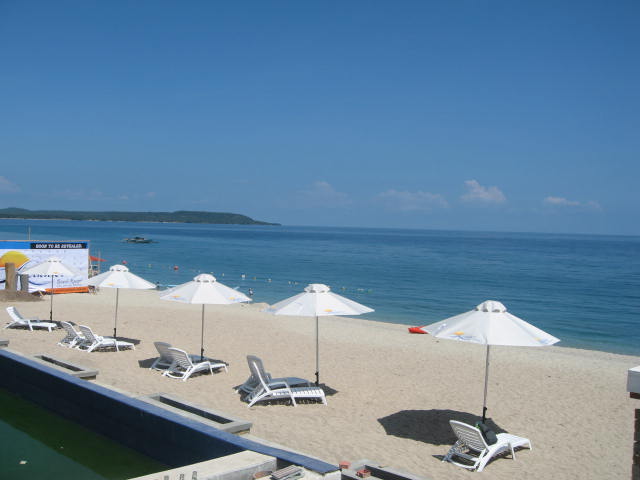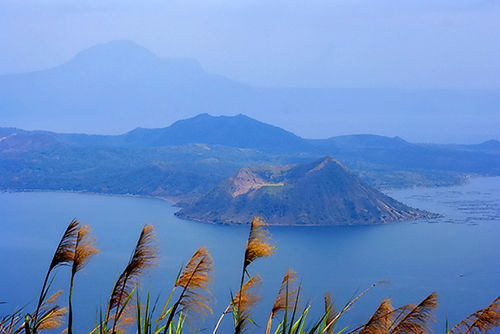OPDAS CAVE
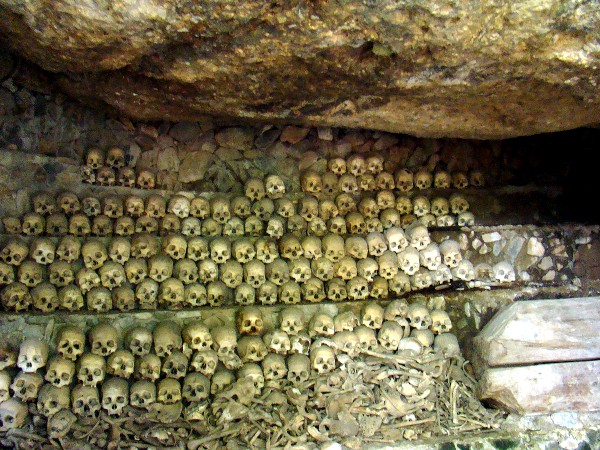 Photo from: jpalipio.multiply.com
Photo from: jpalipio.multiply.com
Cave of skulls and bones, Opdas Cave Mass Burial, 500_1000 years old, Kabayan Town, The Cordillera Mountains, Benguet Province, Luzon, Philippines, Southeast Asia, Asia.
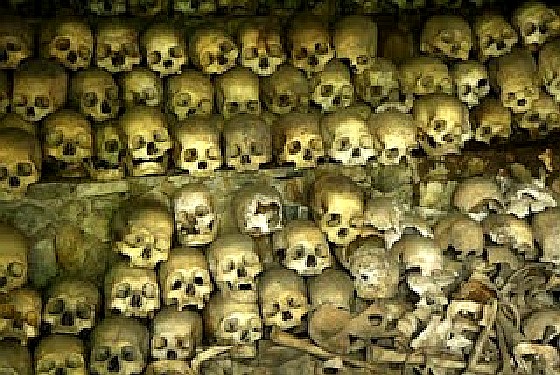 Photo from: basbrodie.blogspot.com
Photo from: basbrodie.blogspot.com
Located about 300 meters from the municipal building. Considered as one of the biggest burial caves in the municipality, it has 200 skulls and bones neatly piled on ledges reminiscent of the catacombs of Rome.
Philippines, Luzon Island, The Cordillera Mountains, Benguet Province, Kabayan. Opdas Cave – mass burial cave of skulls and bones 500-1000 years old.
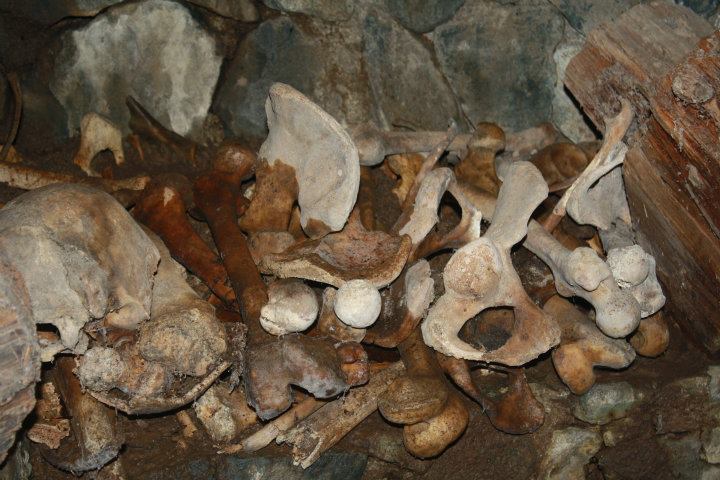 Photo from: https://greedypeg.org/benguet/Opdas-Cave.html
Photo from: https://greedypeg.org/benguet/Opdas-Cave.html
The Opdas Cave is considered as one of the biggest burial caves in Kabayan. It contains hundred of skulls piled on the sides, and thousands of bones and several coffins placed on the cave’s floor.
Following text from: mummytombs.com
This group of mummies, made by members of the Ibaloi tribe, were found in caves in an area around Kabayan, a town in the Benguet province of the Philippines (north of Manila). Well-preserved human mummies were initially found in Timbak cave, Bangao cave, Tenongchol cave, Naapay and Opdas.
However, when the mummies were rediscovered in the early 1900s, many were stolen then and later, including the “smiling mummy” (stolen in the 1970s) which was known for having an intact set of teeth.
The mummies, which were laid to rest in mostly unprotected caves, have been designated as one of the 100 Most Endangered Sites in the world by Monument Watch, a non-profit organization dedicated to the preservation of important monuments and sites.
Scientists disagree on this point. Some believe that the mummies were created by the Ibaloi between 1200 and 1500 A.D. in five towns in the Benguet province of the Philippines and buried in caves. Others believe that the mummification practices date to 2000 B.C. What isn’t in doubt, however, is that when the Spanish colonized the Philippines in the 1500s, they discouraged the making of mummies and the practice died out.
It appears that only tribal leaders were mummified, though this theory may change with more discoveries and tests. The mummification was begun, if possible, shortly before a person died. The person swallowed a very salty drink to start the process. Then, after death, the body was washed and seated in a chair that was set over a glowing fire. The purpose was not to burn the body but to dry the fluids by exposing it to external heat. Tobacco smoke was then blown into the person’s mouth to dry the inside of the body and internal organs. Finally, herbs were rubbed on the body. The drying/smoking process would have lasted many weeks and perhaps a number of months before the mummy was finished. Then it was taken to a cave for burial. (Source: Reuters, 4/22/99)
TABLE OF CONTENTS
Cordillera Administrative Region (CAR)
Benguet Province – Salad Bowl of the Philippines
Natural Points of Interest In Benguet
Interesting Sites in Benguet Province
Other Visitors Also Viewed:
Enjoy a Sparkling Swim at the Paradise Island Park and Beach Resort
Aguacan Cold Spring in Compostela Valley
Pandayan Festival – Showing Off Ilonggo’s Blacksmith Expertise
Solili Festival is the Celebration of the Day of Siquijor
Wonderful Beaches and Resorts in Bataan
Tongatoc Cove Offers a Breath-Taking View
Itbog Twin Falls Offer Double Fun and Enjoyment
Paadjao Falls – 15 Feet of Cascading Water for a Refreshing Enjoyment

